| |||||
| Decades: | |||||
|---|---|---|---|---|---|
| See also: | List of years in the Philippines | ||||
1892 in the Philippines details events of note that happened in the Philippines in the year 1892.
| |||||
| Decades: | |||||
|---|---|---|---|---|---|
| See also: | List of years in the Philippines | ||||
1892 in the Philippines details events of note that happened in the Philippines in the year 1892.
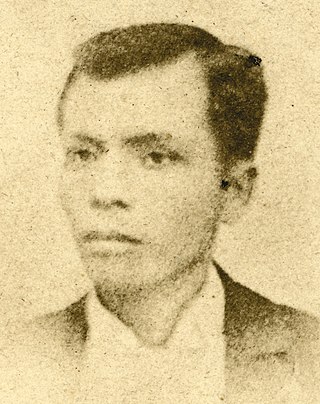
Andrés Bonifacio y de Castro was a Filipino Freemason and revolutionary leader. He is often called "The Father of the Philippine Revolution", and considered one of the national heroes of the Philippines. He was one of the founders and later the Kataastaasang Pangulo of the Kataastaasan, Kagalanggalangang Katipunan ng mga Anak ng Bayan or more commonly known as the "Katipunan", a movement which sought the independence of the Philippines from Spanish colonial rule and started the Tagalog Revolution. With the onset of the Revolution, Bonifacio reorganized the Katipunan into a revolutionary government, with himself as President (Pangulo) of a nation-state called "Haring Bayang Katagalugan", also "Republika ng Katagaluguan", where in "Tagalog" referred to all those born in the Philippine islands and not merely the Tagalog ethnic group. Hence, some historians have argued that he should be considered the First President of the Tagalogs instead of the Philippines; that is why he is not included in the current official line of succession.
La Liga Filipina was a secret society. It was founded by José Rizal in the house of Doroteo Ongjunco at Ilaya Street, Tondo, Manila on July 3, 1892.

Juan Luna de San Pedro y Novicio Ancheta was a Filipino painter, sculptor and a political activist of the Philippine Revolution during the late 19th century. He became one of the first recognized Philippine artists.

Apolinario Mabini y Maranan was a Filipino revolutionary leader, educator, lawyer, and statesman who served first as a legal and constitutional adviser to the Revolutionary Government, and then as the first Prime Minister of the Philippines upon the establishment of the First Philippine Republic. He is regarded as the "utak ng himagsikan" or "brain of the revolution" and is also considered as a national hero in the Philippines. Mabini's work and thoughts on the government shaped the Philippines' fight for independence over the next century.

Pedro Alejandro Paterno y de Vera Ignacio was a Filipino politician infamous for being a turncoat. He was also a poet and a novelist.

Epifanio de los Santos y Cristóbal, sometimes known as Don Pañong or Don Panyong, was a noted Filipino historian, journalist, and civil servant. He was regarded as one of the best Filipino writers and a literary genius. He also entered politics, serving as a member of the Malolos Congress from 1898 to 1899 from Nueva Ecija and later as governor of Nueva Ecija from 1902 to 1906. As a lawyer, he was named as the district attorney of San Isidro, Nueva Ecija in 1900 and later as fiscal of the provinces of Bulacan and Bataan. He was named as an assistant technical director of the Philippine Census in 1918. He was appointed Director of the Philippine Library and Museum by Governor General Leonard Wood in 1925, serving until his death in 1928.
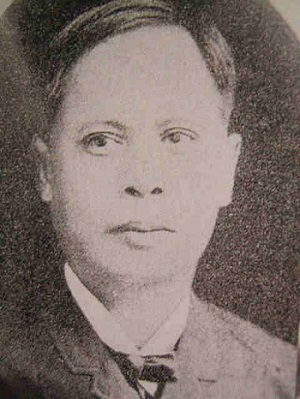
Deodato Arellano y de la Cruz was a Filipino propagandist and the first president of the Katipunan, which was founded at his home in Azcarraga Street, Manila. He was first to be given the title Supremo by the Katipunan. After studying bookkeeping in Ateneo de Municipal de Manila, he became an assistant clerk for the Spanish military. He was a member of the Freemasonry in the Philippines and became involved in the Propaganda Movement.
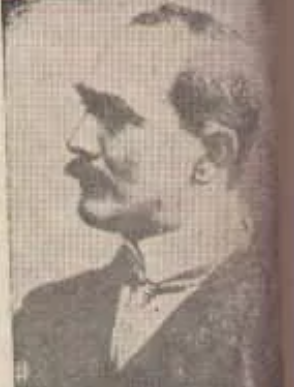
Manuel Artigas y Cuerva was a Filipino historian and journalist who prolifically wrote in the Spanish language.

There have been several names of the Philippines in different cultures and at different times, usually in reference to specific island groups within the current archipelago. Even the name Philippines itself was originally intended to apply only to Leyte, Samar, and nearby islands. It was bestowed by the Spanish explorer Ruy López de Villalobos or one of his captains Bernardo de la Torre in 1543 in honor of the crown prince Philip, later Philip II. Mindanao, which they reached first and assumed to be the greater land, they named after the reigning emperor Charles V, who was also Spain's king Carlos I. Over the course of Spanish colonization, the name was eventually extended to cover the entire chain. It has survived with minor changes. The Philippine Revolution called its state the Philippine Republic. The US military and civilian occupations called their territory the Philippine Islands. During the Third Philippine Republic, the state's official name was formally changed to the Philippines.
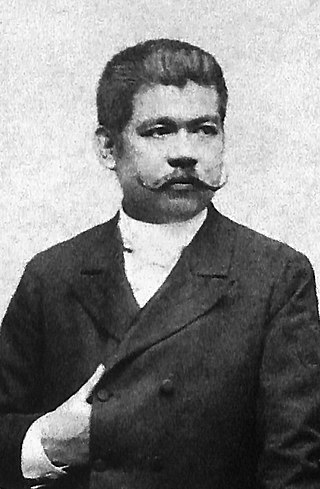
Marcelo Hilario del Pilar y Gatmaitán, commonly known as Marcelo H. del Pilar and also known by his pen name Pláridel, was a Filipino writer, lawyer, journalist, and freemason. Del Pilar, along with José Rizal and Graciano López Jaena, became known as the leaders of the Reform Movement in Spain.

José Protasio Rizal Mercado y Alonso Realonda was a Filipino nationalist, writer and polymath active at the end of the Spanish colonial period of the Philippines. He is considered the national hero of the Philippines. An ophthalmologist by profession, Rizal became a writer and a key member of the Filipino Propaganda Movement, which advocated political reforms for the colony under Spain.

The Blood Compact is an 1886 historical painting by the Filipino painter Juan Luna. It was a gift to the Manila city council.

La Bulaqueña, literally "the woman from Bulacan" or "the Bulacan woman", also sometimes referred to as Una Bulaqueña, is the Spanish title of an 1895 painting by Filipino painter and revolutionary activist Juan Novicio Luna. Bulacan is a province in the Philippines in Luzon island and its residents are called Bulaqueños, also spelled as Bulakenyos in the Filipino language. It is a "serene portrait", of a Filipino woman wearing a María Clara gown, a traditional Filipino dress that is composed of four pieces, namely the camisa, the saya, the pañuelo, and the tapis. The name of the dress is an eponym to María Clara, the mestiza heroine of Filipino hero José Rizal's novel Noli Me Tangere. The woman's clothing in the painting is the reason why the masterpiece is alternately referred to as María Clara. It is one of the few canvases done by Luna illustrating Filipino culture. The painting is displayed at the National Museum of Fine Arts.

Ensueños de Amor, literally "Daydreams of Love", is a "dreamy" oil on wood painting by Filipino painter and revolutionary activist Juan Luna. It depicts Luna's wife Paz Pardo de Tavera while sound asleep. It is currently a part of the art collection of the Lopez Museum.
Trinidad Hermenegildo José María Juan Francisco Pardo de Tavera y Gorricho was a Filipino physician, historian and politician of Spanish and Portuguese descent who served as Deputy Prime Minister of the Philippines in 1899.

Vicente María Epifanio López Madrigal was a Spanish Filipino businessman, industrialist and politician. Madrigal died at home in New Manila, Quezon City, under the care of his youngest daughter, Maria Luisa.
This is the timeline of the El Filibusterismo . It contains details before and after public of El Filibusterismo.
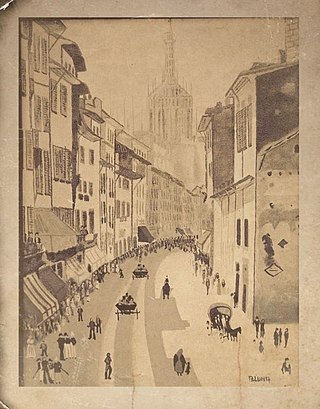
Andrés Pardo de Tavera Luna was a Filipino architect who built the first air-conditioned building in the Philippines, the Crystal Arcade one of the popular tenant of Manila Stock Exchange Building that was once located on No. 71 Escolta Street, Binondo, Manila. He was assigned as the city architect of the City of Manila from 1920 to 1924. His designs were modernist. Some of them were lost during World War II.

Maria de la Paz Pardo de Tavera y Gorricho was a Philippine mestiza and wife of Filipino painter Juan Luna. Though born in the Philippines, she and her family moved to Paris some time after her father Félix's death in 1864. She had two children with Luna: Andrés and María de la Paz, though the latter died when she was three years old.
Anarchism in the Philippines has its roots in the anti-colonial struggle against the Spanish Empire, becoming influential in the Philippine Revolution and the country's early trade unionist movement. After being supplanted by Marxism-Leninism as the leading revolutionary tendency during the mid-20th century, it experienced a resurgence as part of the punk subculture, following the fragmentation of the Communist Party of the Philippines.
Luna's wife was found on the floor by neighbors and the police, she died 11 days later.